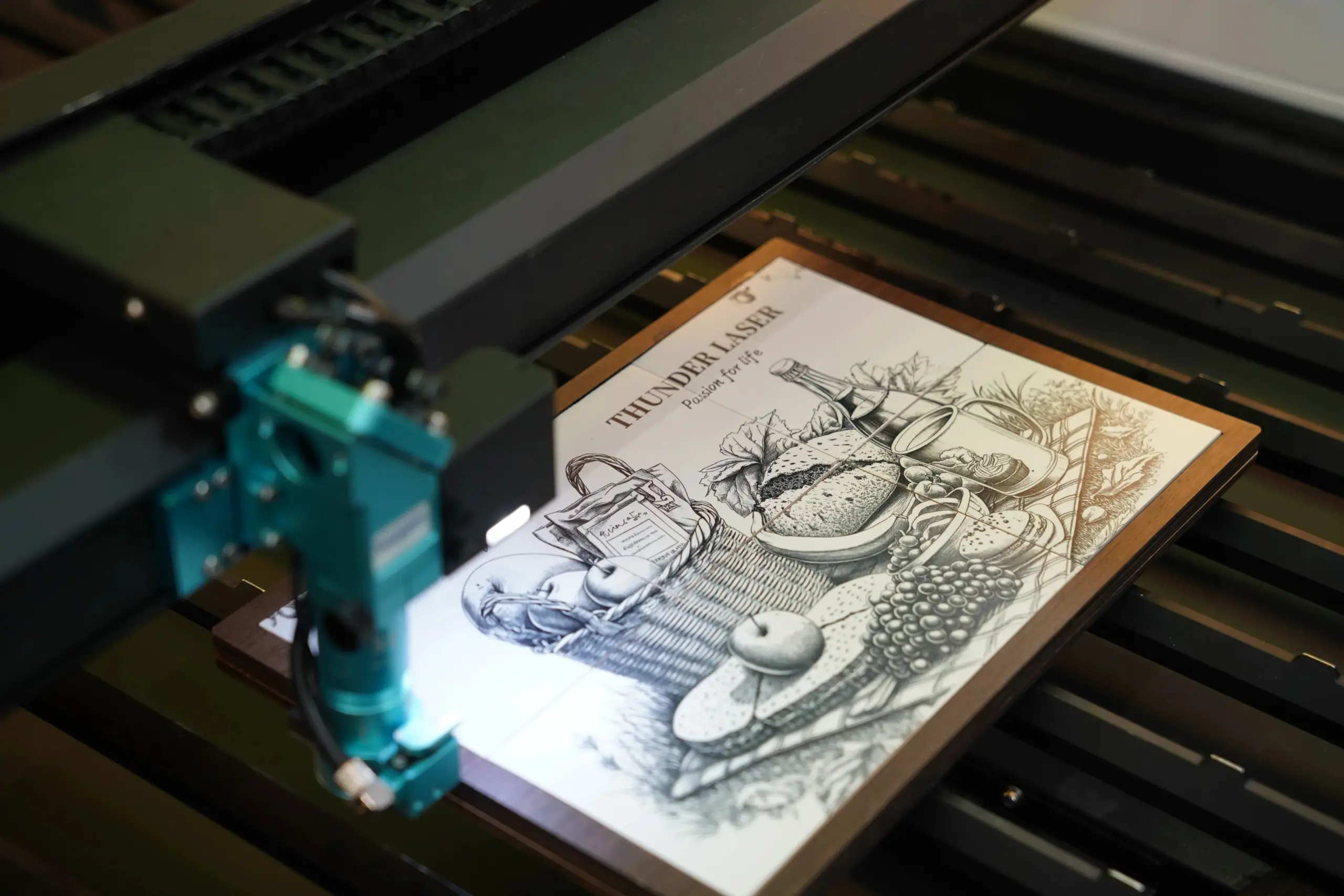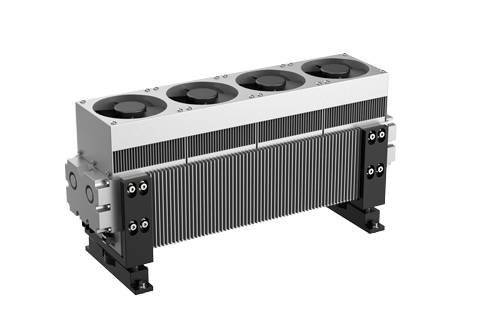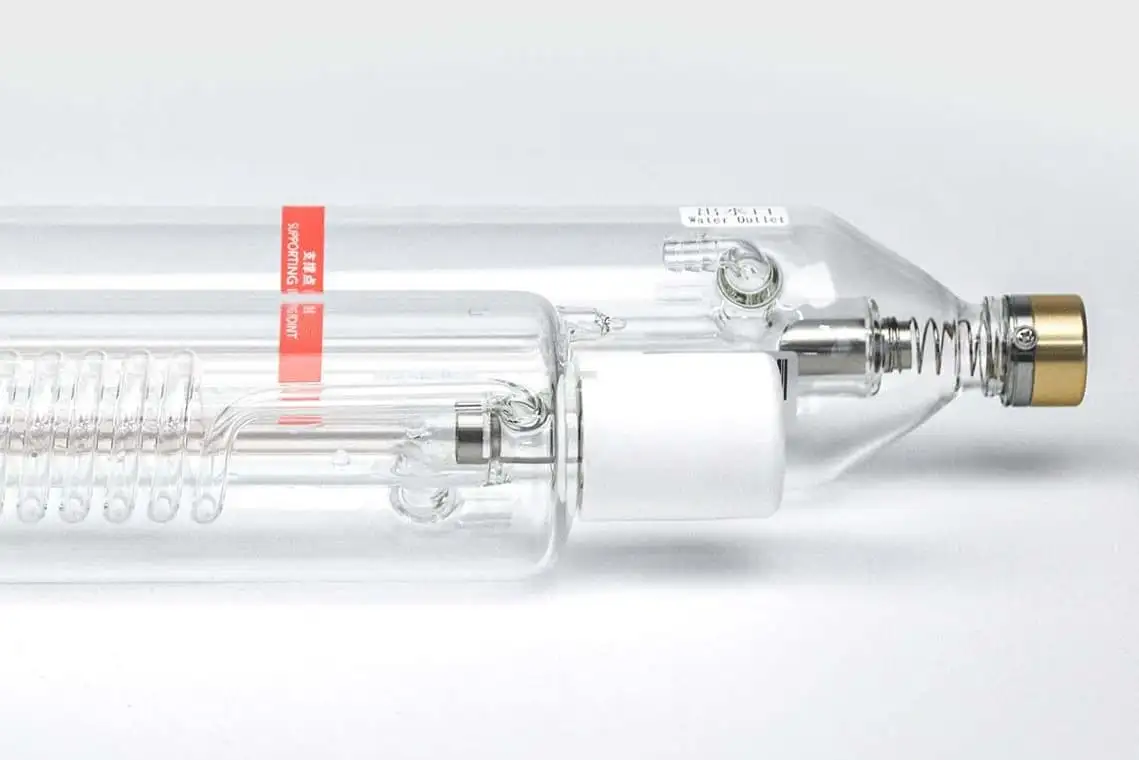Introduction
In recent years, RF laser machines have become a dominant choice for both industrial manufacturers and small businesses. As more users explore the benefits of RF technology, certain questions keep coming up again and again—especially from beginners and first-time buyers.
This guide answers the 6 most frequently asked questions about RF laser machines in 2025, providing clear, expert-backed explanations. Whether you are considering your first machine or upgrading your setup, this article helps you make informed choices with confidence.
正文目录
What Are the Main Advantages of RF Laser Machines?
RF laser machines have become a go-to choice in 2025 because they deliver a balance of precision, reliability, and efficiency that’s hard to match with traditional CO2 lasers. Simply put, they make laser cutting and engraving easier, more consistent, and more productive.
The secret lies in the technology itself. Instead of using glass tubes, RF lasers rely on radio frequency excitation, which creates a stable, uniform beam that doesn’t fluctuate over time. This means cuts stay clean and engraving lines remain sharp, even on tricky materials like thin sheets or reflective surfaces. Their sealed, electrode-free design also reduces wear, which translates to longer lifespan and lower maintenance. On top of that, RF lasers are energy-efficient, allowing them to run continuously without losing performance—perfect for both small workshops and high-volume production.
With RF laser machines, you can get:
- ✓ Stable and consistent beam quality for precise cutting and engraving
- ✓ Longer lifespan(10,000+ h) and reduced maintenance
- ✓ High energy efficiency and reliable performance for continuous operation
- ✓ Versatility across various materials, including reflective and thin materials
In practice, these advantages add up to reliable results, less downtime, and smoother workflow. For anyone investing in a laser machine in 2025, RF technology offers a combination of performance and convenience that makes daily work noticeably easier.

RF Laser Machine vs. Glass Tube Laser Machine: Which is Better?
RF Laser Machine
Pros:
- ✓ Stable and consistent beam for superior precise precision and details.
- ✓ High engraving speed with consistent pulsing.
- ✓ High precision on thin or reflective materials.
- ✓ Exceptional lifespan(10,000+ h).
- ✓ Less maintenance compared with glass tube systems.
- ✓ Energy-efficient for continuous operation.
- ✓ Can handle a wide range of materials.
Cons:
- ✕ Higher upfront cost.
- ✕ Overkill for simple, low-volume projects.


Glass Tube (DC Glass) Laser Machine
Pros:
- ✓ Lower initial cost.
- ✓ Can handle a wide range of materials.
- ✓ Adequate detail for standard engraving tasks.
Cons:
- ✕ Less precise after long–term use.
- ✕ Less precise on reflective or thin materials.
- ✕ Slower cutting and engraving speed.
- ✕ Shorter lifespan(2,000-5,000h).
- ✕ Requires more frequent maintenance and calibration.
| Feature | RF Lasers | DC Glass Lasers |
|---|---|---|
| Power Output and Consistency | Stable and uniform output for high-precision work. | Slight fluctuations, but still reliable for general applications. |
| Material Compatibility | Ideal for metals, glass, ceramics, and high-contrast engraving. | Best for non-metallic materials like wood, acrylic, and leather. |
| Accuracy | Submicron-level precision for intricate details. | High-quality results, but slightly less precise. |
| Power and Speed Control | Dynamic control with variable speed and depth. | Adequate power and speed control, but less precise adjustments. |
| Lifespan and Maintenance | Longer lifespan with minimal maintenance needs. | Requires more frequent maintenance due to wear over time. |
| Cost Considerations | Higher initial cost but lower ongoing maintenance. | More affordable upfront, but higher maintenance costs in the long run. |
Comparison chart showing the key differences between RF lasers and glass tube lasers
Which is Better for You?
So, which laser machine is the right choice? It depends entirely on your goals and priorities.
A Glass Tube Laser is suitable for: Hobbyists or beginners on a strict budget whose primary focus is cutting larger shapes and performing simple engraving. The low initial cost is its main advantage, but it comes with trade-offs in precision, longevity, and maintenance.
An RF laser machine is the better choice for: Professionals, small businesses, and serious creators who demand the highest quality, reliability, and ease of use. While the initial investment is higher, the superior precision, zero maintenance, and vastly longer lifespan result in a lower total cost of ownership and a much more capable and dependable tool.
Learn more: RF Laser vs DC Glass Laser: Which One to Choose? – Thunder Laser
Can RF Laser Machines Work on Metal?
RF lasers can mark some metals under specific conditions. They can mark or engrave coated or treated metal surfaces, but they are not designed to cut or deeply engrave bare metals such as steel, aluminum, or copper. The CO₂ wavelength is absorbed poorly by bare metals, leading to reflection and inefficient energy transfer. For heavy-duty metal processing, a dedicated metal-compatible laser system (like a fiber laser) is usually required.
Which Materials Are Best Suited for RF Laser Processing?
RF laser machines are highly versatile and excel at processing a wide range of non-metal materials and coated metals. They deliver the best results on organic and polymer materials such as acrylic, wood, plywood, MDF, paper, cardboard, leather, fabrics, cork, and laser-safe rubber. These materials cut cleanly and engrave with excellent contrast, making them ideal for signage, crafts, packaging, and personalized products. RF laser machines also work well for engraving glass, ceramics, and stone, creating frosted surface effects even though they cannot cut these materials deeply.
However, some materials should be avoided, including PVC, vinyl, polycarbonate, chromium-tanned leather, and bare reflective metals, as they either release hazardous fumes or do not absorb the CO₂ wavelength effectively.
In short, RF laser machines are best suited for acrylics, woods, papers, leathers, textiles, and other non-metal materials, where their superior beam quality and fast modulation deliver finer engraving and smoother cutting compared to glass tube lasers.

Are RF Laser Machines Better for Laser Engraving or Laser Cutting?
RF laser machines are often recognized for their engraving excellence, though they are capable of both engraving and cutting. Many users notice that the most striking advantage comes when the project requires fine details and consistent precision.
The root reason is the beam quality and pulse control of RF laser machines. They generate a smaller, more focused spot size, which translates into sharper edges and smoother surface finishes when engraving text, logos, or intricate patterns. For cutting, RF laser machines perform well on thin to medium materials, producing clean edges without excessive charring.
In summary, while RF laser machines can handle both tasks, they truly stand out in high-precision engraving applications, making them a top choice for projects where clarity, detail, and surface quality matter most.
Is a 60W RF Laser Machine the Same as a 60W Glass Tube Laser?
No, a 60W RF laser machine is not the same as a 60W glass tube laser, even though they share the same nominal power rating.
RF laser machines use radio-frequency excitation inside a sealed metal or ceramic tube, which delivers superior beam quality, faster pulse response, and greater stability over time compared to traditional glass DC tubes. A 60 W RF laser machine is likely to outperform a 60 W glass tube in fine engraving, high speed engraving, and long term stability. Based on our in-house testing, our expert team found that the engraving quality of a 60W RF laser machine even surpasses that of a 80W glass tube laser. For simpler cutting tasks, or thicker cuts, the difference may be less dramatic (both will be limited by material properties, optics, and power coupling).
Conclusion
In summary, RF laser sources offer significant advantages over traditional glass tube lasers in terms of maintenance requirements, longevity, performance consistency, and overall cost efficiency. Their sealed design and extended lifespan make them a reliable and economical choice for various industrial applications, ensuring sustained high performance and reduced operational disruptions.


.png) International
International
 United States
United States
 Brasil
Brasil
 Canada
Canada
 Costa Rica
Costa Rica
 Mexico
Mexico
 Česká
Česká
 Romania
Romania
 Polska
Polska
 Ireland
Ireland
 Portugal
Portugal
 Lietuva
Lietuva
 Россия
Россия Deutschland
Deutschland
 Britain
Britain
 Україна
Україна
 France
France
 Sverige
Sverige
 Italia
Italia
 Norway
Norway
 Denmark
Denmark
 Ελλάδα
Ελλάδα
 한국
한국
 中国
中国
 ประเทศไทย
ประเทศไทย
 中国香港
中国香港
 Israel
Israel
 中國臺灣
中國臺灣
 India
India
 پاکستان
پاکستان
 پශ්රී ලංකා
پශ්රී ලංකා
 ジャパン
ジャパン
 Australia
Australia
 New Zealand
New Zealand
 South Africa
South Africa